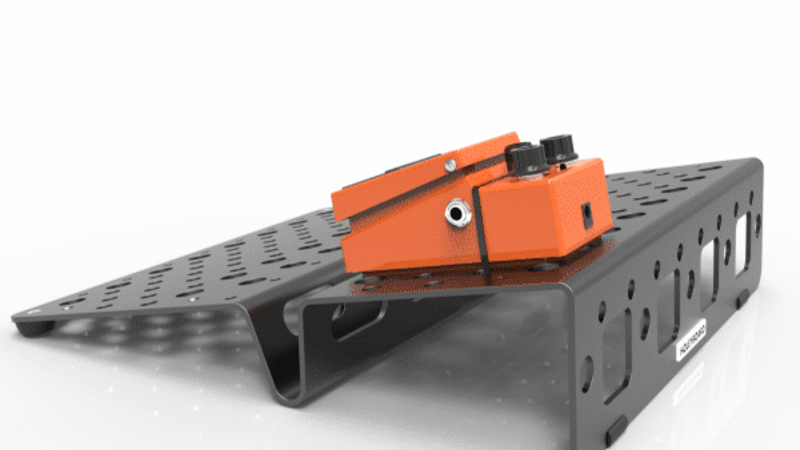If you’re serious about your guitar-playing abilities, you know that your pedalboard is an essential aspect of your kit. It’s an extension of your sound and gives you versatility in crafting your music. As a musician, it’s important to make sure your pedalboard is customized to your musical style and preferences.
In this guide, we’ll be sharing some tips and tricks to create the perfect custom guitar pedalboard for your needs.
Establish Your Requirements
Before you start building or designing your custom guitar pedal board, it’s essential to determine your requirements. Factors such as your preferred instrument type, the type of music you play, the size of the pedals, and the number of pedals you need to operate are all critical considerations.
Think about the sound you aim to achieve and make a list of the pedals you want to connect to the board. This will help you keep focus on the requirements, and you can design the board accordingly.
Layout and Design
Once you have an idea of the pedals you want to use, it’s time to think about the layout and design of your pedalboard. The first consideration in deciding on the size of custom-built pedalboards is the number of pedals you have. You also need to think about the weight of the board; it should be portable, depending on your performing location.
Cable Management and Power Supply
The next step after designing your custom guitar pedalboard is figuring out how to power them up. You need to identify the right power supply cable that accommodates all of your pedals.
Make sure to think about the voltage, amperage, and polarity of your pedals when selecting a power supply. Next, arrange the signal path of the pedals to form an efficient and organized signal chain flow. Find a set of high-quality patch cables to link all of the pedals together and avoid tangling or broken wires.









